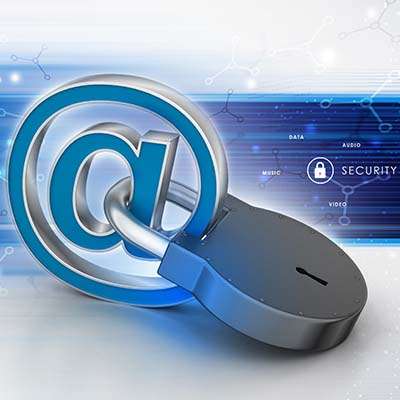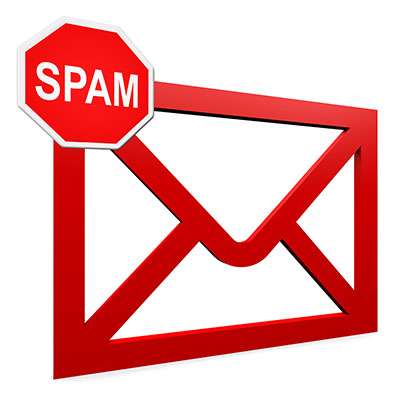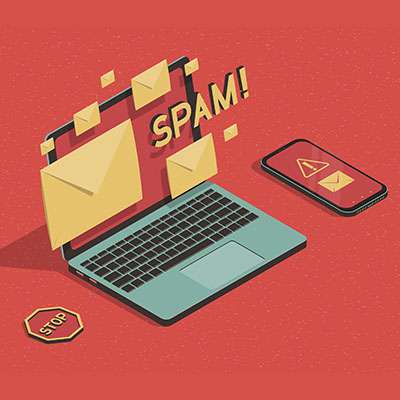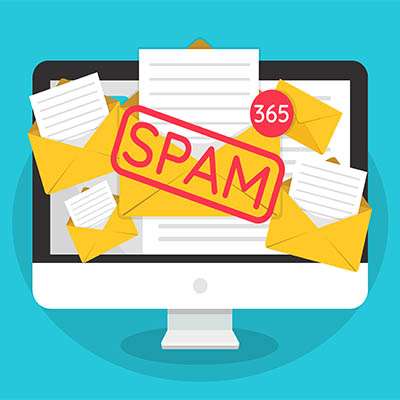From the classic Nigerian Prince emails to the cleverly crafted fake invoice, malicious digital correspondence is a constant threat to a business. It's not just about losing a few dollars. A successful phishing attack can cripple your operations, compromise sensitive data, and even lead to your organization's demise.
Macro Systems Blog
While email attachments are a huge part of your digital life, they're also a favorite sneaky entry point for hackers, viruses, and scams. We've all been there, a quick click before we even think. That split second of laziness can turn into a massive headache for you and your whole job.
Before you tap that little paperclip and potentially wreck your day (or your company's network), you need to take a beat. Listed below is an essential checklist for safely opening files sent via email.
If you’re reading this on the day it's posted, it's Wednesday. How often have you had to rewrite the same messages, over and over, in your internal reporting and client interactions so far this week? Probably quite a bit, and certainly more than you’d prefer.
This is wasteful: not only does replicating this message over and over cost valuable time, but it also uses up mental energy… plus, simply copy-pasting can easily lead to errors and oversights. Luckily, modern email platforms provide templates that can be utilized to generate consistent and quality messages.
While we all know how much magic the workshops up at the North Pole depend on to produce presents for the good children of the world, we have it on good authority that they also depend heavily on technology. For example, there are a lot of letters that need to be sorted and read before Santa’s big ride. Let’s read up on what our partners up north frequently deal with in their critical operations.
For most people, their email inbox can get intimidating. You miss a day of work for personal reasons and you probably need to schedule about double the time getting to all of the updates, responses, and junk that comes in in a short amount of time. In this month’s newsletter we thought we’d go through a few tips that can help anyone better manage their email and keep their accounts secure.
If you use Gmail, you might have noticed the different inbox categories available. This makes it much easier to reach “inbox zero.” With the “priority inbox,” you can achieve this feat without so much as breaking a sweat—unless you count sweat from how much you’re laughing at how easy this tip is to pull off.
Amazon Prime subscribers recently received an email from the online marketplace warning them of the prevalence of scams that took advantage of their offerings and brand recognition. Listed below is the advice that this email shared, and how it compares to the best practices we recommend for avoiding scams.
A business’ operations are heavily influenced by the quality of its communications. On the other hand, the overwhelming number of options that are available today can make it challenging to decide how to invest in your technologies. How can you identify which of your options are right for your business needs when the time comes to upgrade your communications?
AI, also known as artificial intelligence, has been a trending topic lately, with it seemingly being used for any purpose you can imagine nowadays. Alas, this has also included cybercrime.
That being said, just as AI can be a weapon for cybercriminals to utilize, it can also be a shield to help protect your business from threats. For instance, in phishing prevention.
Email remains a vital cornerstone in business communications, often containing sensitive information and other data that needs to be protected. Fortunately, today's email platforms usually enable you to add a little bit of protection, so long as you know what the process looks like.
Listed below is how you can make your emails just that much more secure.
I’m talking about when the heir to the Nigerian throne would reach out to your Gmail account to help him secure his inheritance, or when an attractive woman or man you’ve never met before would email you out of nowhere asking if you were single; spam has always been annoying, but back then, it was clearly just junk that could be ignored.
These days it’s not so simple.
How often do you receive emails from someone written in another language? We bet the answer is “not usually,” but you never know when being able to translate an email might come in handy, especially if you ever do business overseas. Listed below are some facts about the built-in translation functionality that comes with Gmail.
Sometimes the most dangerous scams out there are the simplest ones. Hackers don’t require a fancy or complicated malware or algorithm to create chaos for your business; all they have to do is convince you that the email you’ve received in your inbox is from someone of authority within your business. Listed below: how a business email compromise is pulled off and why you need to be wary of threats like these.
Your organization’s email is one of its most imperative pieces of technology, and since that is true for nearly every business, it is unfortunately one of the most utilized attack vectors used by cybercriminals. Most companies don’t comprehend just how vulnerable they are if their email isn’t properly secured and do their best to keep their employees trained on how to spot potential scams.
Even the most cautious employee could fall victim to a well-placed phishing email. What are some factors that contribute to the success of these cyberattacks, and what subject lines in particular should people be cautious about? A recent study takes a look at what goes into a successful phishing attack, and you might be surprised by the results.
While spam filtering can be a great tool for your business’ own defenses, the spam filtering that your contacts have in place could prevent your messages from reaching them. Listed below are a few ways that you can help prevent your emails from being caught up in these filters before your contacts or prospects can read them.























